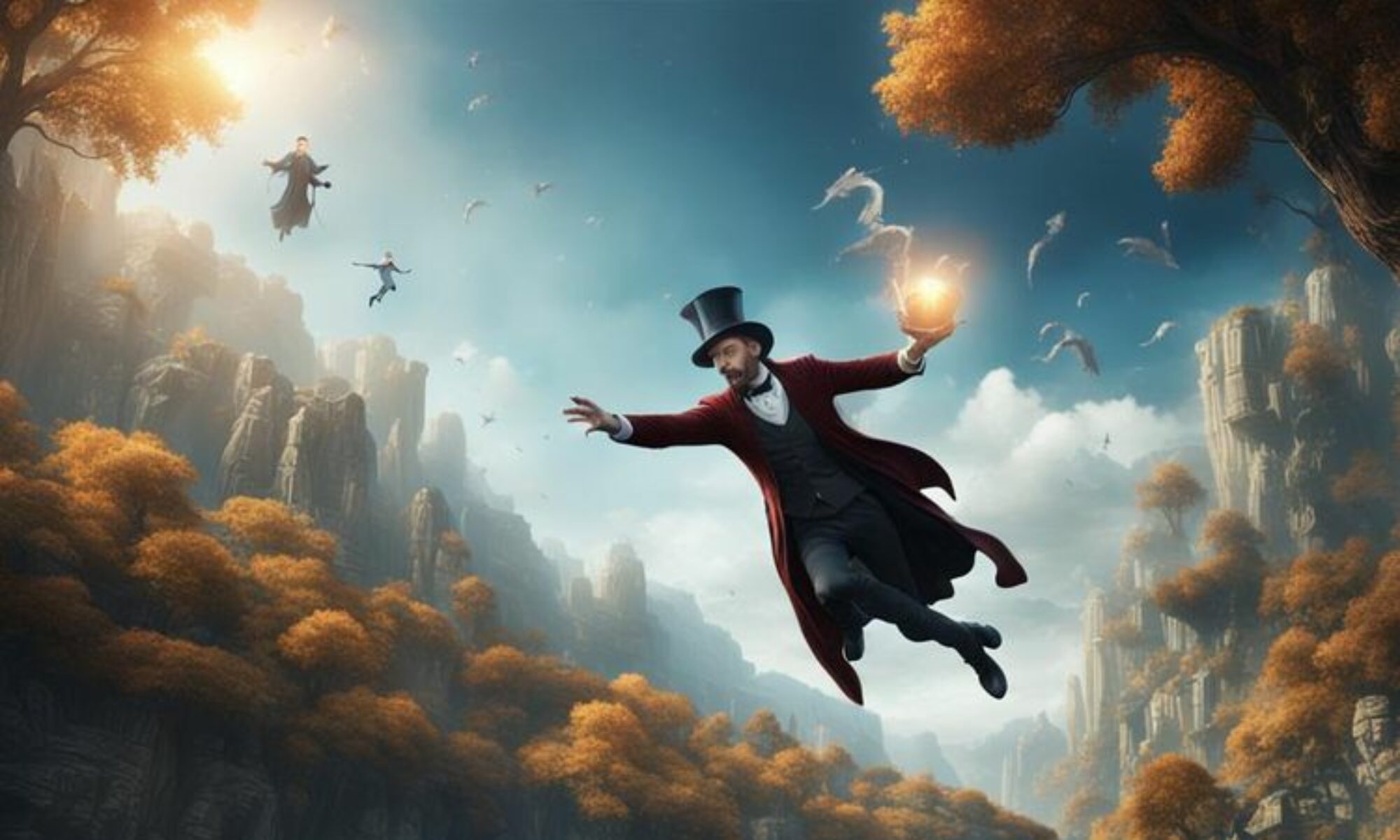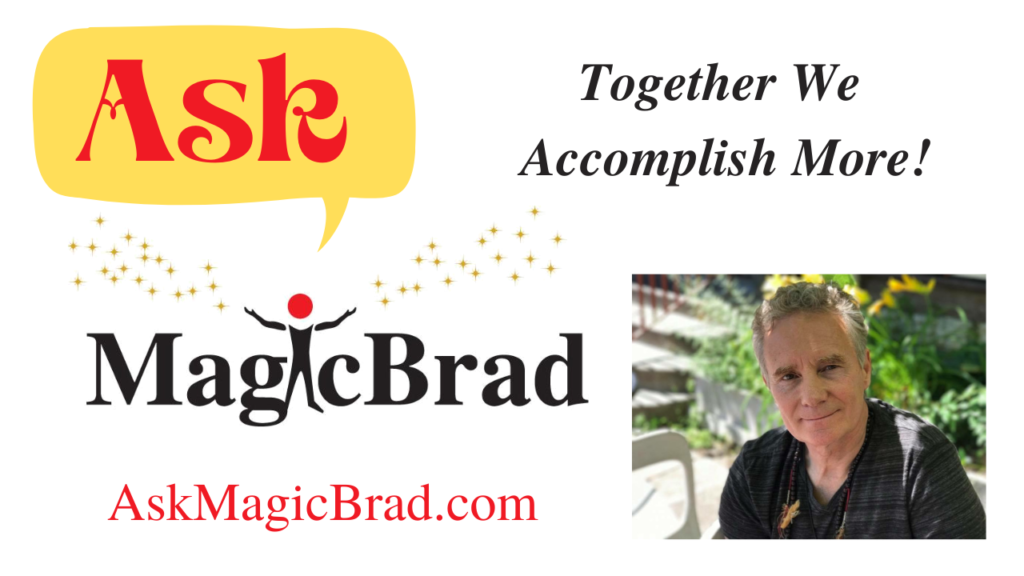“The magic of collaboration” refers to the powerful potential that arises when individuals with diverse perspectives and skills come together to work towards a shared goal, often leading to innovative solutions, increased creativity, and superior results that would be difficult to achieve alone; essentially, the combined power of multiple minds working together to produce something greater than the sum of its parts.
Key aspects of the “magic of collaboration”:
-
Diverse perspectives:When people from different backgrounds and experiences collaborate, they bring fresh ideas and approaches to the table, leading to more comprehensive solutions.
-
Enhanced creativity:Brainstorming and bouncing ideas off each other can spark new insights and innovative thinking.
-
Improved problem-solving:By combining different skillsets and knowledge, teams can tackle complex problems more effectively.
-
Increased engagement:When individuals feel valued and involved in the decision-making process, they are more likely to be motivated and engaged in the work.
-
Shared ownership:Collaboration fosters a sense of collective responsibility and ownership over the outcome of a project.
Examples of collaboration in action:
-
Scientific research:Teams of scientists from different disciplines working together to make major breakthroughs.
-
Product development:Designers, engineers, and marketers collaborating to create a successful new product.
-
Artistic endeavors:Musicians, writers, or artists working together to create a piece of art with unique elements.
Challenges to consider:
- Communication issues: Clear and open communication is crucial for effective collaboration.
- Ego conflicts: Individuals might need to set aside their egos and prioritize the team goal.
- Managing diverse perspectives: Navigating differences in opinions and approaches can be challenging.







